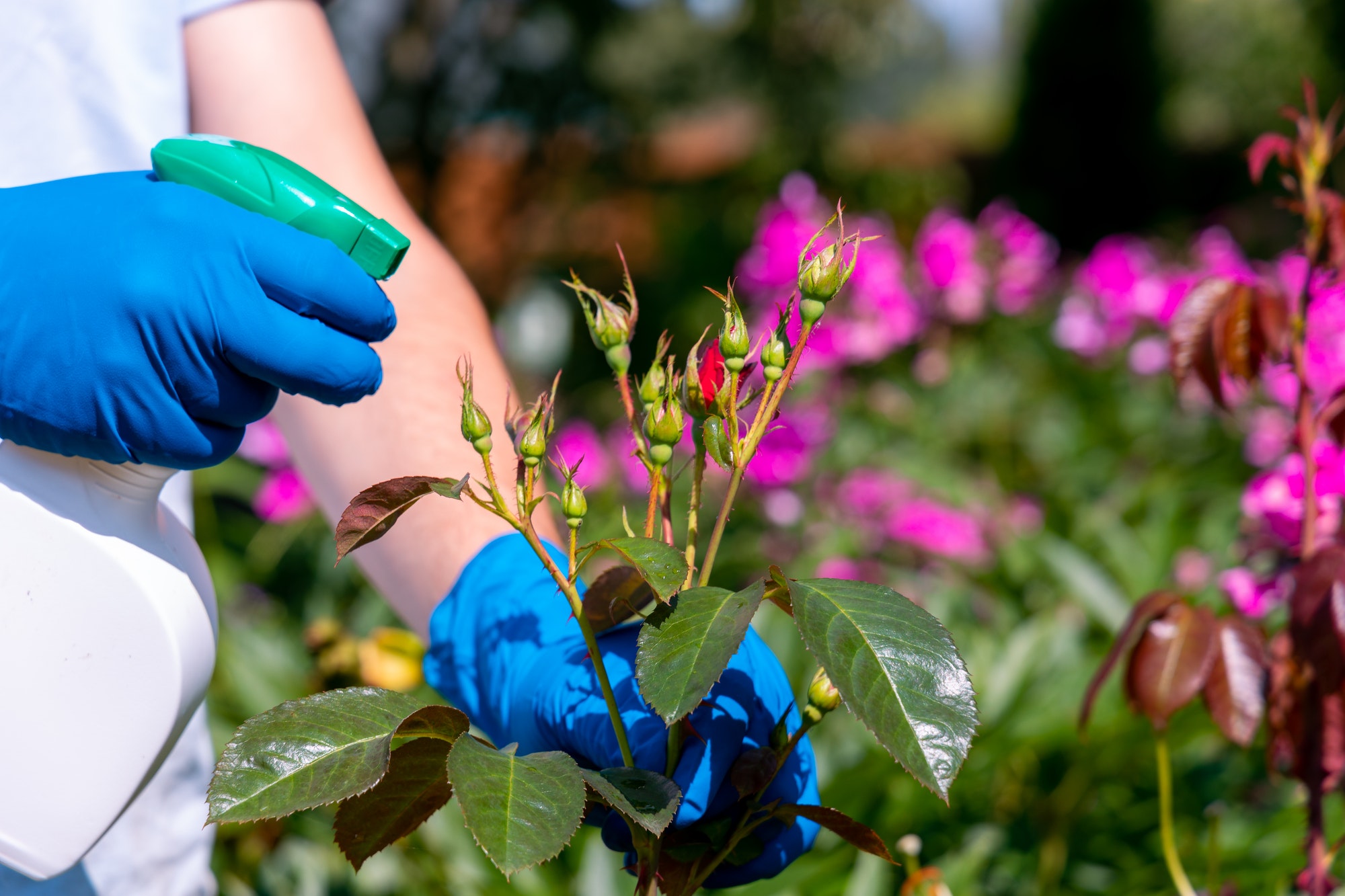You’ve probably heard that plants need sunlight. However, plants do not all respond to the same amount of light. Some plants prefer dry conditions, and others thrive on a constant supply of moisture. In addition, different types of plants respond to changes in temperature and day length. If your climate is consistently warm, you’ll likely notice that your plants are not flowering. On the other hand, if the weather changes drastically, they may not flower at all. Cold snaps can also damage developing buds.
The best time to deadhead your plants is when they begin blooming. Once you’ve cut back on spent flowers, your plants will put their energy into new foliage instead of flowers. Deadheading also encourages plants to rebloom, but only if you remove their spent blooms. Astilbe is an exception to this rule, as the seedheads will remain on the plant, which is more likely to produce seeds instead of flowers.
Perennials, on the other hand, need fertilization to remain in flower. In addition to their beauty, long-blooming perennials need fertilization to produce their fragrant flowers year after year. By visiting local gardening centers, you can also ensure your plant’s blooming time corresponds to different seasons. For example, you can choose annuals that bloom in spring and late summer, but not in fall. If you’d like to have flowers throughout the year, go with perennials that bloom in winter and early summer.
Using a pruning saw, cut off the ends of stems. For plants that have long stems, cutting them off is a simple process. But if they are weak stems, you need to use a pruner to cut them off. If you’re not comfortable with this method, you can use a pair of scissors. A sharp knife can make the cutting process faster and easier. You’ll be surprised at how many more flowers you get in the end.
To make your flower garden exciting, add flowering plants. Perennials can dazzle year after year. Annuals, on the other hand, can add blooms almost instantly. If you’d prefer a more gradual approach, you can plant seeds or buy transplants from your local garden center. Just be sure to carefully read the label and instructions on the plant’s seed packet. There are several different types of plants and flowers to choose from, so make sure you pick the best ones for your garden.
Many species of plants can be propagated using a single leaf, although most of them have compressed stems. Some examples include bush-type peperomias, African violets, and Sansevieria. A single leaf can produce several small plantlets. The process is called ‘division’. The resulting plant is known as a “division.”
The main difference between stem cuttings and leaf cuttings is in the type of plant parts used. Stem cuttings include a piece of stem plus attached leaves and buds. The cutting will grow new stems and roots. The new plant will resemble its parent in most respects. Those methods are ideal for propagating young trees and sterile plants. Some seeds are difficult to germinate and take two to three years before they begin to sprout. However, cuttings will often be mature and flower sooner than seedlings.
